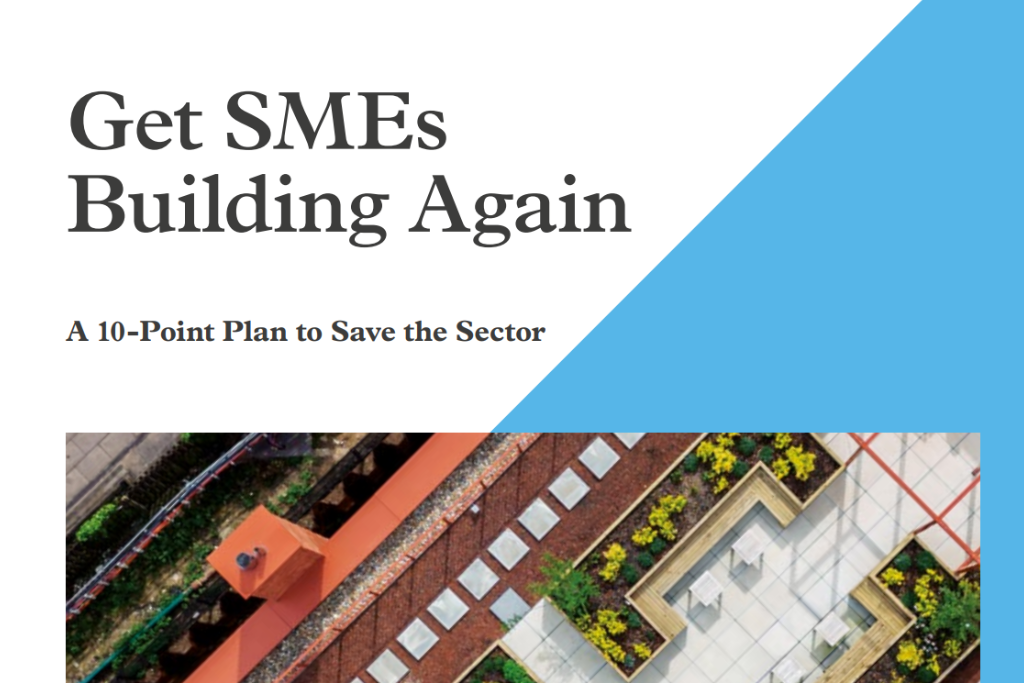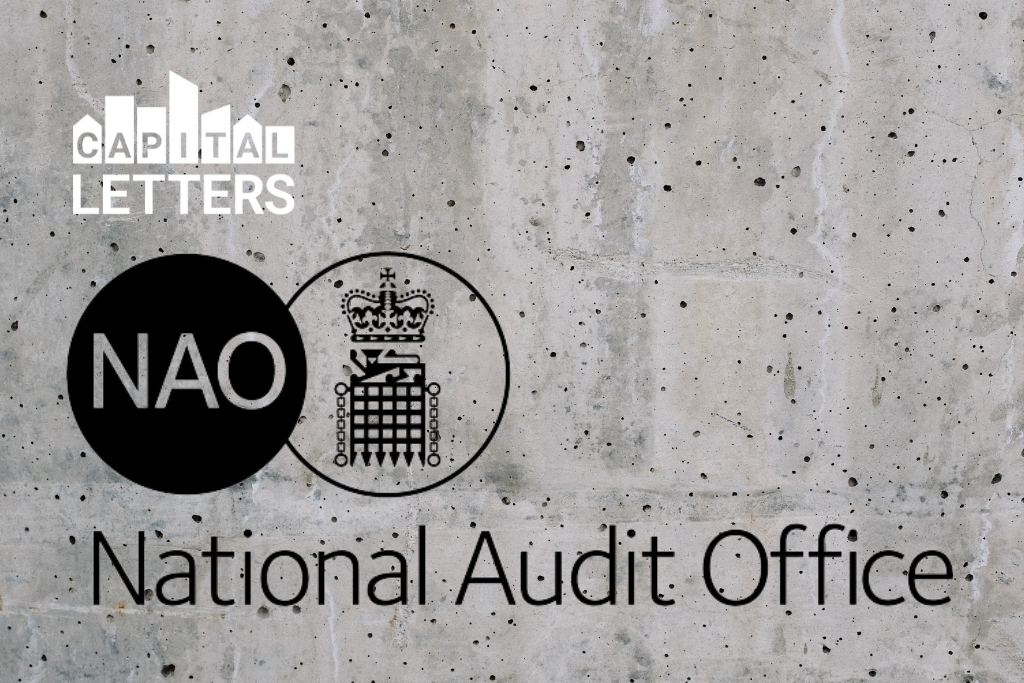
Capital Letters is committed to addressing the housing crisis in London by supporting innovative solutions that increase the supply of affordable rental homes.
The “Get SMEs Building Again” report provides a robust framework to address some of the current issues with building and providing affordable rental homes for those that need them most. The future of affordable housing in London could be improved by the SME housebuilding sector.
Supporting SMEs: A Key to Solving the Housing Crisis
The report highlights that SMEs now build just 10% of the UK’s housing stock, a significant drop from the 40% they contributed in the 1980s. This decline has been exacerbated by a complex planning system, high upfront capital requirements, and limited access to land.
We recognise that revitalizing the SME sector could be one of the keys to meeting the government’s target of building 300,000 homes annually. Like Capital Letters, SMEs have the agility and local expertise to develop smaller, often overlooked plots of land, which are ideal for affordable housing. By supporting the initiatives outlined in the report, we believe we can create more vibrant, sustainable, and mixed economy housing that benefits all Londoners.
Key Sections of the Report: Paving the Way for Affordable Housing
Several sections of the report stand out for their potential to help drive the building of more affordable rental homes in London.
- Empowering Homes England to Support SMEs
The report calls for new ways to help Homes England to provide tailored support to SMEs, including innovative funding solutions. SMEs need to overcome the financial barriers that currently hinder their participation in the housing market. By creating a more supportive financial environment, SMEs can take on more projects, particularly those focused on affordable housing. - Small Sites Planning Policy
This policy would introduce a presumption in favour of development for small brownfield sites, streamlining the planning process for SMEs. The report estimates that this change could unlock up to 110,000 new homes within walking distance of public transport in London’s largest urban areas. We strongly support this initiative. As we become a large scale landlord, good quality urban development will drive our housing stock, giving real affordable rental homes. - Implementing Quotas for SME Housebuilders in the Local Plan Process
By ensuring that a percentage of sites in local plans are allocated specifically to SMEs, this policy would help level the playing field and encourage more small and medium-sized enterprises to enter the market. This would not only boost competition but also diversify the types of housing available, catering to a broader range of needs.
Capital Letters’ Commitment to Action
We believe that by fostering a supportive environment for SMEs, we can directly contribute to increasing the supply of affordable homes in London. We are ready to collaborate with government, local authorities, and SMEs to implement these recommendations and drive meaningful change.
By supporting SMEs and adopting the proposed policies, we can make significant strides towards creating a housing market that is inclusive, affordable, and sustainable.








